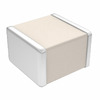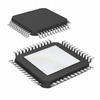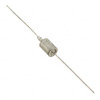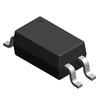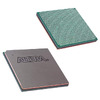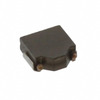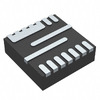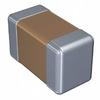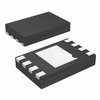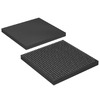Linear Power Supplies
In the world of electronics, power supplies are the devices that make sure everything runs smoothly and correctly. Among the different types available, linear power supplies are known for providing a steady and reliable flow of electricity with very little noise. This article will explain how linear power supplies work, what parts they are made of, and where they are most useful. We'll also compare them with other types of power supplies, helping you understand why they are still chosen for certain situations, even though newer, more energy-efficient options are available.Catalog
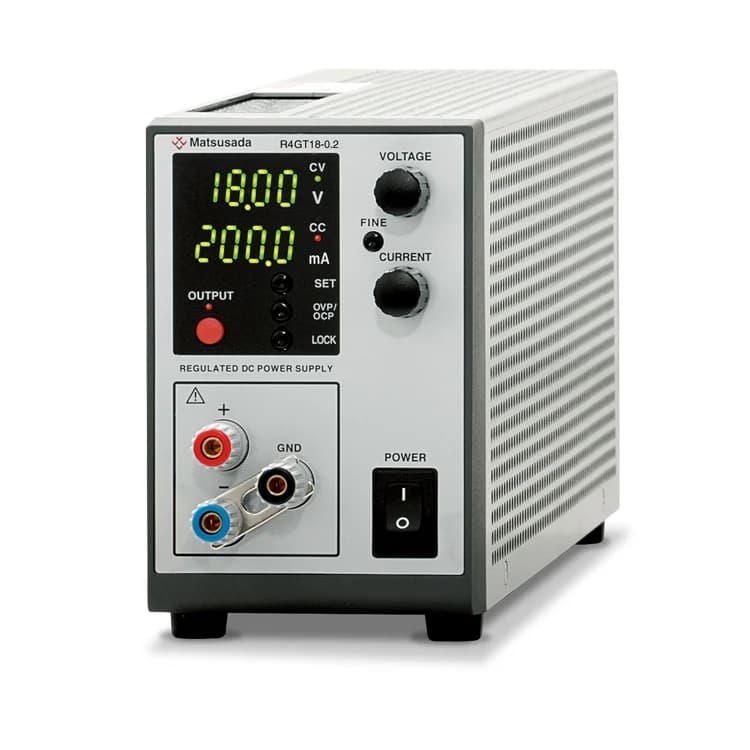
Figure 1: Linear Power Supply
What Is a Linear Power Supply?
A linear power supply is a type of power device that provides a steady and consistent voltage output by continuously adjusting resistance. This method avoids the use of rapid switching, making it simpler and ideal for delivering clean and reliable power to various electronic devices.
The process starts with a feedback system that constantly checks the output voltage. This voltage is compared to a set reference voltage using a differential amplifier, a circuit that helps ensure accuracy. If the output voltage is different from the reference, the amplifier generates a signal to correct the difference. This signal controls a part called the pass element, which could be a transistor or a field-effect transistor (FET). The pass element works like a variable resistor, adjusting its resistance to keep the voltage at the right level.
For example, if the input voltage increases, the pass element increases its resistance to prevent the output voltage from rising. On the other hand, if the input voltage decreases, the pass element lowers its resistance to allow more current, ensuring that the output voltage stays stable.
This continuous adjustment ensures that the power supply delivers a consistent voltage, even when the input voltage or load changes. The simplicity of the linear power supply makes it reliable and produces very little electrical noise, which is helpful for devices that need stable power. However, this type of power supply is generally less efficient because the extra energy is released as heat, which means it might need larger cooling systems and use more power.
Components of a Linear Power Supply
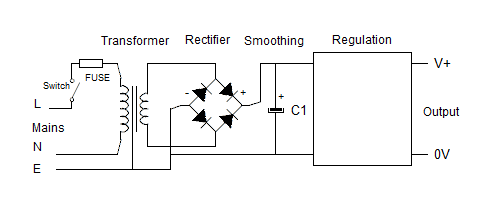
Figure 2: Components of a Linear Power Supply
Power Supply Input Transformer
In a linear power supply, the transformer is the first component that interacts with the AC power from the mains. Its main job is to change the voltage to a level that is suitable for the device, either by lowering it (which is more common) or increasing it, depending on the needs of the device. The transformer also provides protection by separating the power supply from the mains, reducing the risk of electrical hazards. In higher power applications, the transformer can be quite large, which increases the overall size and weight of the power supply. Depending on how the power supply is designed, the transformer can have one or more secondary windings to produce different output voltages.
Rectifier
Once the transformer has adjusted the voltage, the AC power needs to be converted into DC power, which is done by the rectifier. The rectifier is a crucial part of the power supply, and it comes in different setups. Half-wave rectification uses a single diode to convert only one half of the AC cycle into DC, making it less efficient and producing more fluctuations in the output, which are harder to smooth out. Full-wave rectification is more efficient and uses both halves of the AC cycle. This can be done with a center-tapped transformer and two diodes or with a bridge rectifier setup that uses four diodes. The bridge rectifier is more commonly used in modern designs because it is more efficient. Modern rectifiers usually use semiconductor diodes like PN junction diodes or Schottky diodes. Schottky diodes are often chosen because they lose less voltage when current passes through them, which makes them more efficient, though they may allow some current to leak and have a lower voltage threshold before they break down.
Smoothing Capacitor
After the rectifier converts the AC to DC, the output is not perfectly smooth and contains fluctuations in voltage that are not desirable for most electronic circuits. The smoothing capacitor helps to even out these fluctuations by charging up during the high points of the rectified waveform and releasing charge when the waveform drops. This helps to keep the DC voltage more steady. Although the capacitor greatly reduces the fluctuations, it does not completely remove them. The ability of the capacitor to reduce these fluctuations depends on its size and the amount of current the load requires.
Voltage Regulator
The voltage regulator is the main component of a linear power supply, ensuring that the output voltage stays steady even if the input voltage or the load changes. There are two main types of linear regulators: Shunt Regulator and Series Regulator.
The Shunt Regulator is less common and works by placing a variable component across the load, which absorbs extra current to keep the output voltage steady. This type of regulator is used when precise control of the voltage is needed, even though it may not be very efficient. Due to its lower efficiency, it is typically used only in specific situations.
The Series Regulator is the most widely used type of linear regulator. In this setup, a variable resistance is placed in series with the load, and the control circuit adjusts the resistance to maintain the desired output voltage. The simplicity and effectiveness of the series regulator make it a popular choice for many linear power supply designs. It provides good voltage control with a relatively straightforward design, making it suitable for a wide range of uses.
Advantages and Disadvantages of Linear Power Supplies
Advantages
Linear power supplies have several benefits, especially in situations where stability and quiet operation are necessary. One of the main benefits is that they create very little noise. Unlike switching power supplies that turn the current on and off rapidly, linear power supplies keep the current flowing steadily. This lack of rapid switching means they don't create much electromagnetic interference, making them a good choice for delicate electronic devices like audio systems, medical equipment, and instruments that need precise measurements.
Another benefit is their reliable performance. Linear power supplies have been around for a long time, and their technology is well-known and dependable. Because they've been used for so many years, their performance is consistent and well-understood. Engineers and designers can count on these supplies to work consistently, which is very helpful in situations where dependability is a must.
Disadvantages
However, linear power supplies have some drawbacks, mainly when it comes to how well they use energy and their size. One of the biggest drawbacks is their low efficiency. These supplies usually only use about 50% of the input energy effectively, with the other half being wasted, usually as heat. This low efficiency happens because the supply controls the voltage by getting rid of extra energy, which wastes a lot of energy.
This wasted energy leads to another problem: heat generation. The energy that isn't used creates heat, which needs to be managed to keep the power supply and connected devices from getting damaged. This often means adding extra parts like heat sinks or cooling fans, which can make the design more complicated and increase costs.
Lastly, linear power supplies are bigger and heavier than switching power supplies. They need large transformers to reduce the voltage and additional parts to manage heat, making these power supplies bulky. This can be a big disadvantage in situations where space and weight are important, such as in portable or compact devices.
Applications of Linear Power Supplies
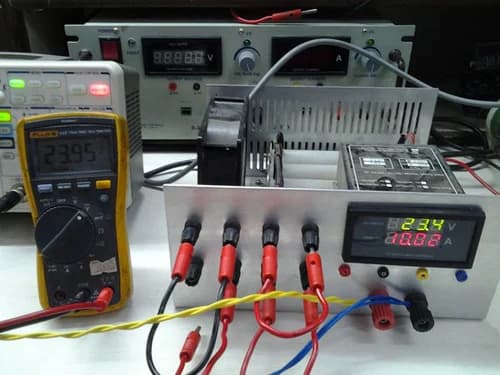
Figure 3: Applications of Linear Power Supplies
Linear power supplies, while not as energy-efficient as their switching counterparts, are often chosen for specific situations where a steady and noise-free power output is necessary. These power supplies are particularly useful in environments where stable and clean power is needed without the disruptions that can come with switching power supplies.
In audio-visual equipment, linear power supplies are very useful for high-quality audio amplifiers and sensitive audio devices. They provide a smooth and steady voltage output, which is important for keeping sound quality intact. Switching power supplies can sometimes introduce noise and spikes that may interfere with audio signals, leading to sound distortion or unwanted interference. Because of this, linear power supplies are preferred in high-end audio systems where it’s important to keep the sound quality pure and clear.
In laboratory equipment, having consistent and accurate power is very important. Devices like laboratory power supplies, which are used to provide steady and precise voltage outputs, often rely on linear regulation. The stability offered by linear power supplies ensures that the voltage remains consistent, which is very important in experimental and testing environments where even small changes can lead to incorrect results. These power supplies are designed to deliver clean, noise-free power, which is needed for sensitive measurements and experiments that require a high level of accuracy.
Linear power supplies are designed to deliver consistent voltage with minimal noise, making them perfect for situations where the quality of power directly affects how well a device works. While they may not be as energy-efficient as switching power supplies, their ability to provide stable and clean power makes them especially useful in specific, noise-sensitive applications. Their use in audio-visual and laboratory equipment shows how power quality plays a key role in maintaining performance and accuracy in these settings.
Comparison with Other Power Supply Types
Linear power supplies are used to change electrical energy from one form to another, usually turning alternating current (AC) into direct current (DC). There are several types of power supplies, each with its own characteristics:
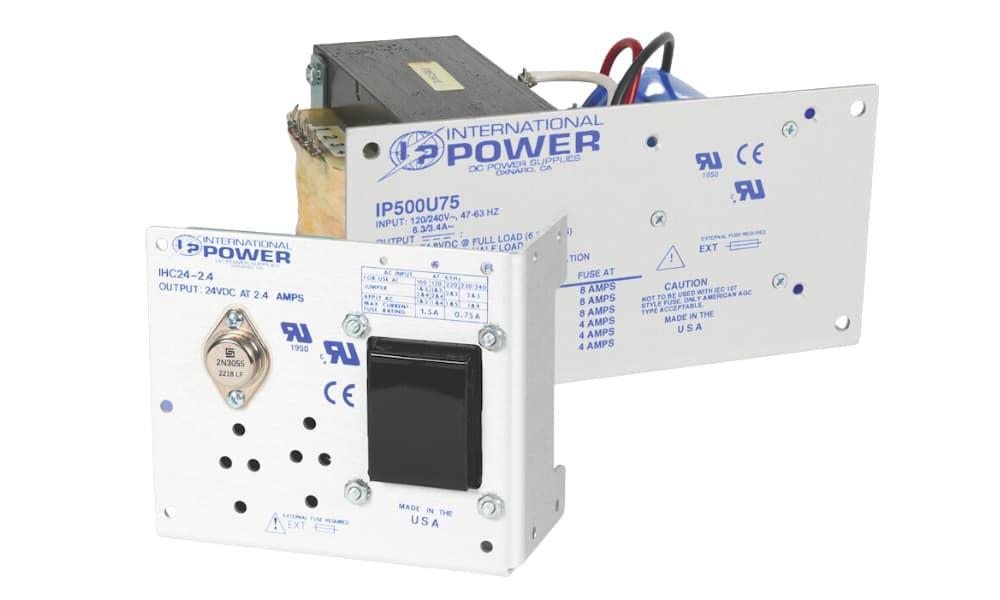
Figure 4: Unregulated Linear Power Supplies
Unregulated Linear Power Supplies are the most basic type. They convert AC to DC but don't have any extra features to keep the voltage steady. This means the output voltage can change if the input voltage changes or if the amount of power being used (the load) changes. If the input voltage goes up, the output voltage will also go up, and if the load increases, the output voltage might drop. Because of this, these power supplies are not ideal for devices that need a stable voltage to work properly.

Figure 5: Ferroresonant Power Supply
Ferroresonant Power Supplies use a special technique involving magnetic fields to keep the output voltage steady. They do this with a combination of a transformer and a resonant circuit. The transformer’s magnetic properties help maintain a steady output voltage, even if the input voltage or load changes. These power supplies also have built-in protection against sudden power spikes, which makes them reliable in places where the power supply is not stable. However, they are usually large and heavy, which can be a drawback in situations where size and weight matter.
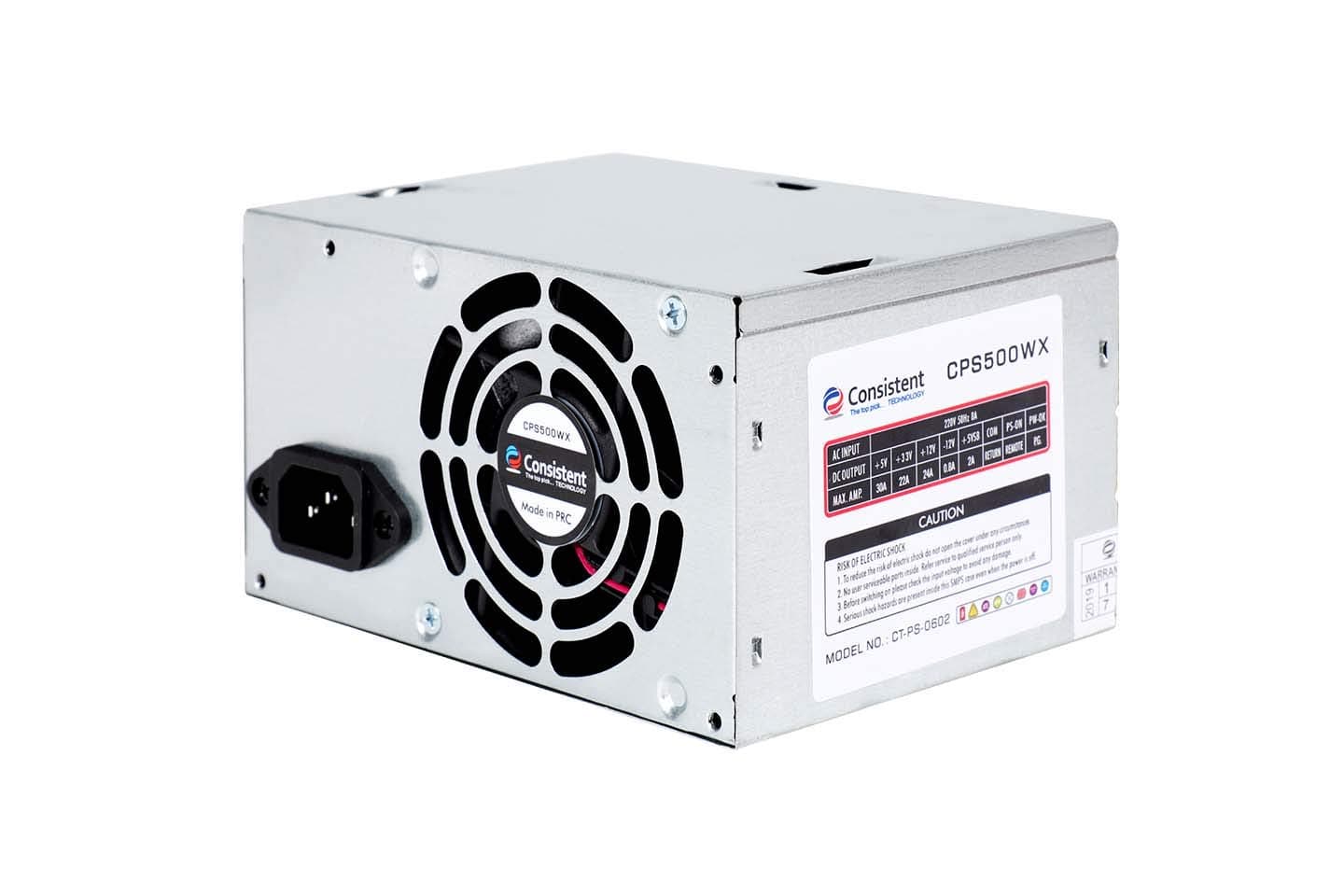
Figure 6: Switch Mode Power Supply (SMPS)
Switch Mode Power Supplies (SMPS) are designed to be more efficient than linear power supplies. They work by rapidly switching the input power on and off using electronic switches like transistors. This method allows them to convert power more efficiently, which means they produce less heat and can be made smaller and lighter. However, because of the high-speed switching, SMPS can create electrical noise, which might interfere with other electronic devices nearby. SMPS are also more complicated in design and can be harder to fix if something goes wrong.
Conclusion
Linear power supplies are still a go-to choice in situations where a steady and noise-free power supply is very much needed. Their simple design and dependable performance make them a favorite in areas like audio equipment and lab testing. However, they do have trade-offs in terms of energy efficiency and size, so it's important to think about what you're using them for. When we compare linear power supplies with other types, it becomes clear that, while they may not always be the most energy-saving option, their ability to deliver clean and consistent power means they are still useful in today’s tech world. By understanding these differences, you can make better decisions when choosing the right power supply for your specific needs.
Frequently Asked Questions [FAQ]
1. Where are linear power supplies used?
Linear power supplies are commonly used in environments where stable and low-noise power is very much needed. This includes high-quality audio equipment, medical devices, laboratory instruments, and precision measurement tools, where even small electrical noise can interfere with the operation or accuracy of the equipment.
2. What is the efficiency of linear power supply?
The efficiency of a linear power supply is generally low, often around 50% or less. This is because the power supply regulates voltage by dissipating excess energy as heat, which results in significant energy loss.
3. What are the advantages and disadvantages of a linear power supply?
The main advantage of a linear power supply is its ability to provide clean, stable, and low-noise power, which is ideal for sensitive electronics. The disadvantages include low efficiency, large size due to the need for heat dissipation, and the extra energy wasted as heat.
4. What are the disadvantages of linear voltage regulator?
The disadvantages of a linear voltage regulator include low efficiency, as it wastes a lot of power as heat, and its inability to step up voltage, meaning it can only reduce voltage from the input level. Additionally, they can require large heat sinks or cooling systems to manage the heat produced, making them bulky.
5. What is the most efficient type of power supply?
The most efficient type of power supply is the switch-mode power supply (SMPS). It uses high-frequency switching to convert power with minimal energy loss, resulting in much higher efficiency compared to linear power supplies.
About us
ALLELCO LIMITED
Read more
Quick inquiry
Please send an inquiry, we will respond immediately.

ADUM1200ARZ Technology Insight: Performance, Efficiency and Applications
on August 28th

Photocouplers, Opto-couplers & Opto-isolators Explained
on August 28th
Popular Posts
-

What is GND in the circuit?
on January 1th 3054
-

RJ-45 Connector Guide: RJ-45 Connector Color Codes, Wiring Schemes, R-J45 Applications, RJ-45 Datasheets
on January 1th 2626
-

Fiber Connector Types: SC Vs LC And LC Vs MTP
on January 1th 2168
-

Understanding Power Supply Voltages in Electronics VCC, VDD, VEE, VSS, and GND
on November 13th 2099
-

Comparison Between DB9 and RS232
on January 1th 1792
-

What Is An LR44 Battery?
Electricity, that ubiquitous force, quietly permeates every aspect of our daily lives, from trivial gadgets to life-threatening medical equipment, it plays a silent role. However, truly grasping this energy, especially how to store and efficiently output it, is no easy task. It is against this background that this article will focus on a type of coin cell battery that may seem insignificant on the...on January 1th 1759
-

Understanding the Fundamentals:Inductance Resistance, andCapacitance
In the intricate dance of electrical engineering, a trio of fundamental elements takes center stage: inductance, resistance, and capacitance. Each bears unique traits that dictate the dynamic rhythms of electronic circuits. Here, we embark on a journey to decipher the complexities of these components, to uncover their distinct roles and practical uses within the vast electrical orchestra. Inductan...on January 1th 1714
-

CR2430 Battery Comprehensive Guide: Specifications, Applications and Comparison to CR2032 Batteries
What is CR2430 battery ?Benefits of CR2430 BatteriesNormCR2430 Battery ApplicationsCR2430 EquivalentCR2430 VS CR2032Battery CR2430 SizeWhat to look for when buying the CR2430 and equivalentsData Sheet PDFFrequently Asked Questions Batteries are the heart of small electronic devices. Among the many types available, coin cells play a crucial role, commonly found in calculators, remote controls, and ...on January 1th 1650
-

What Is RF and Why Do We Use It?
Radio Frequency (RF) technology is a key part of modern wireless communication, enabling data transmission over long distances without physical connections. This article delves into the basics of RF, explaining how electromagnetic radiation (EMR) makes RF communication possible. We will explore the principles of EMR, the creation and control of RF signals, and their wide-ranging uses. The article ...on January 1th 1636
-

Comprehensive guide to hFE in transistors
Transistors are crucial components in modern electronic devices, enabling signal amplification and control. This article delves into the knowledge surrounding hFE, including how to select a transistor's hFE value, how to find hFE, and the gain of different types of transistors. Through our exploration of hFE, we gain a deeper understanding of how transistors work and their role in electronic circu...on November 13th 1576
